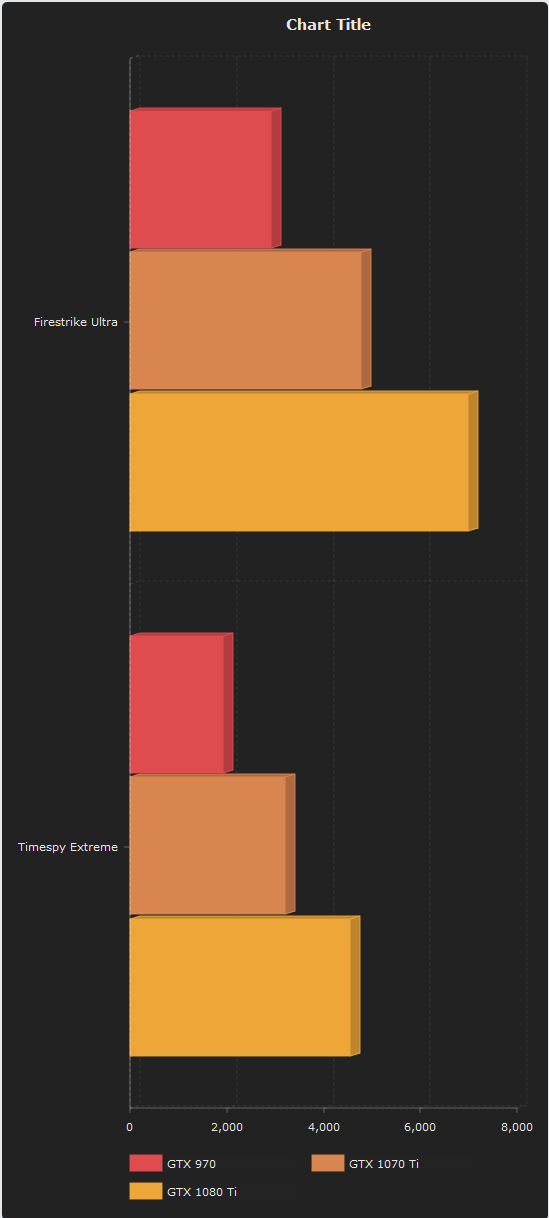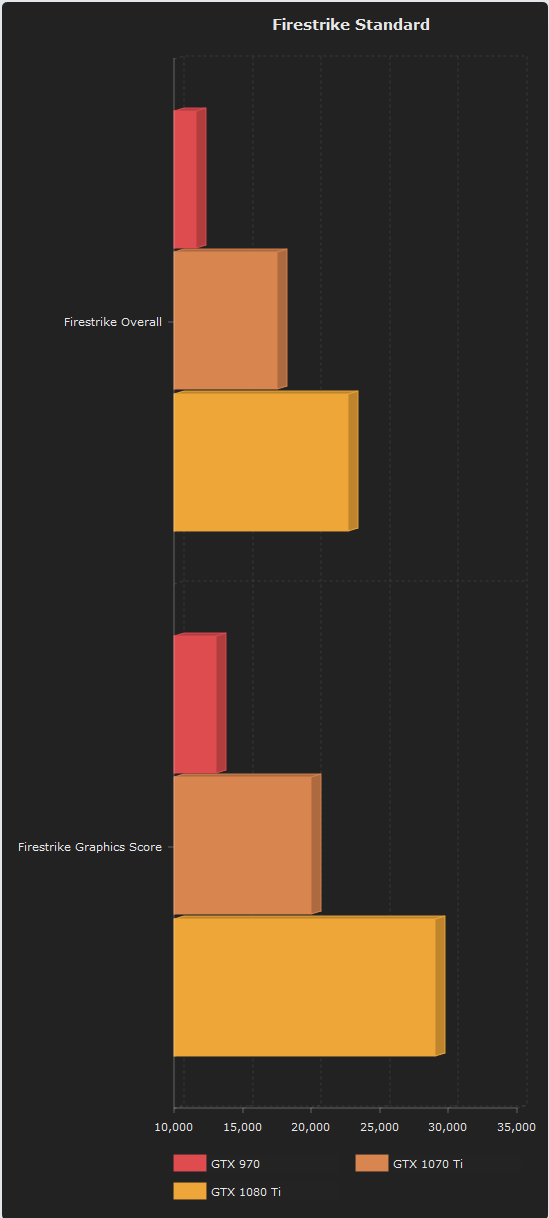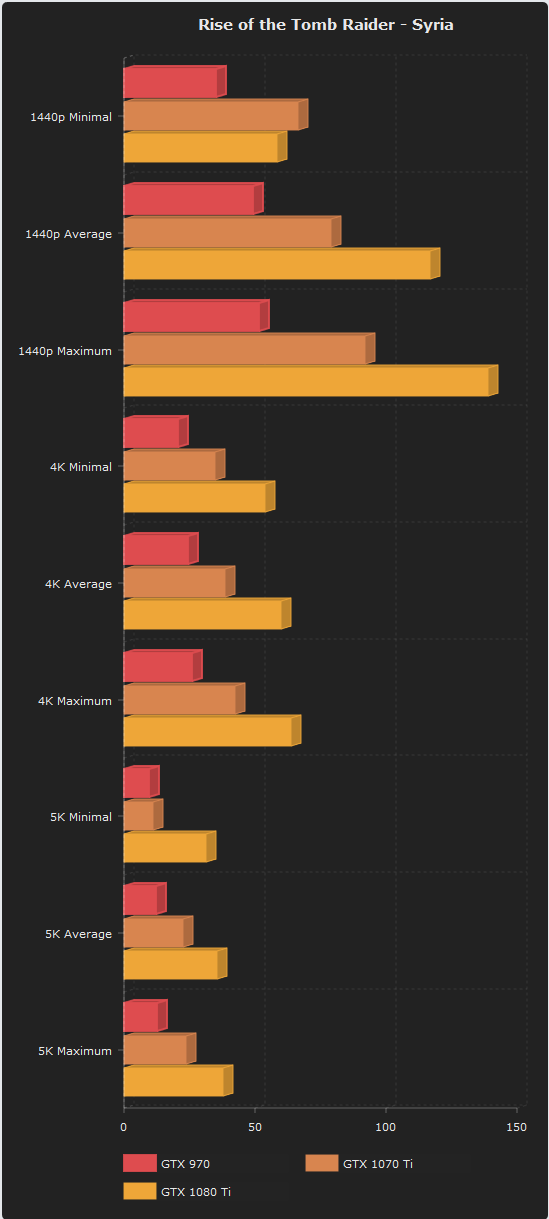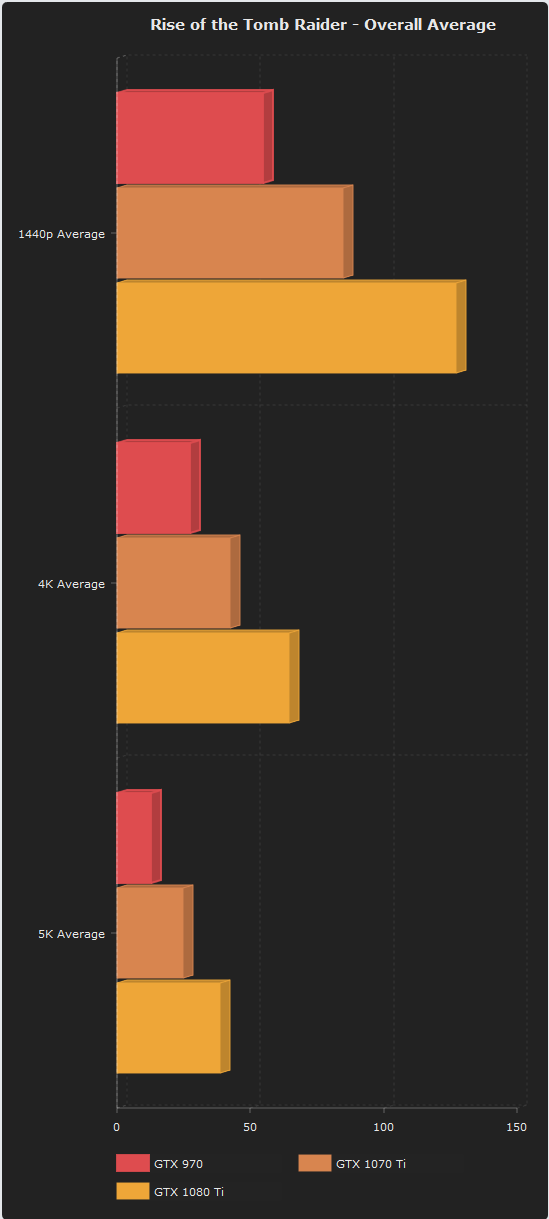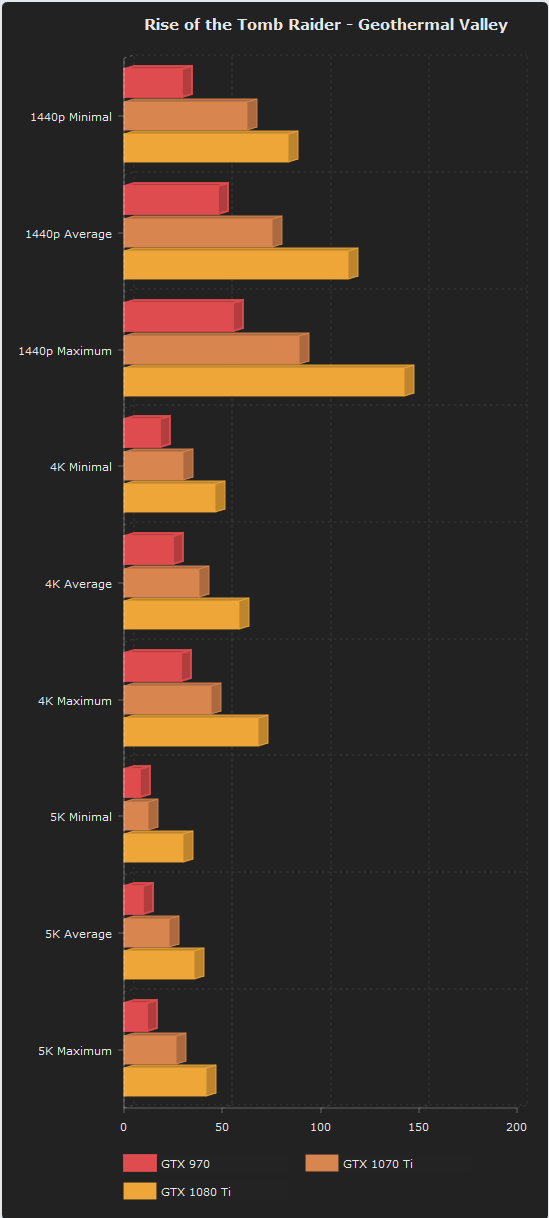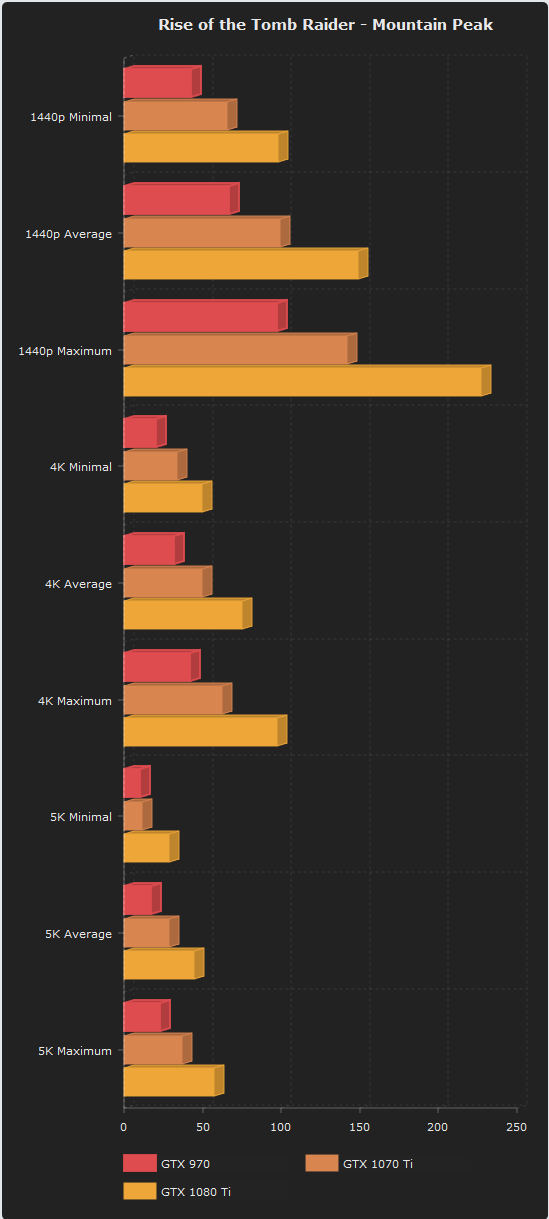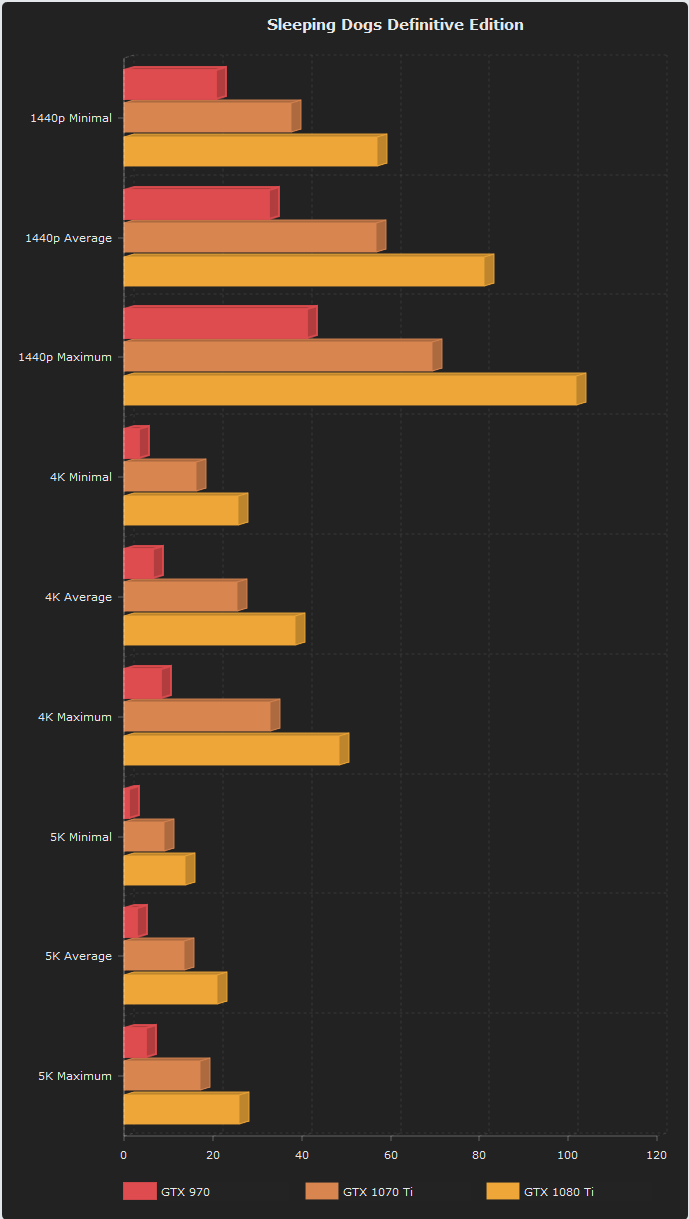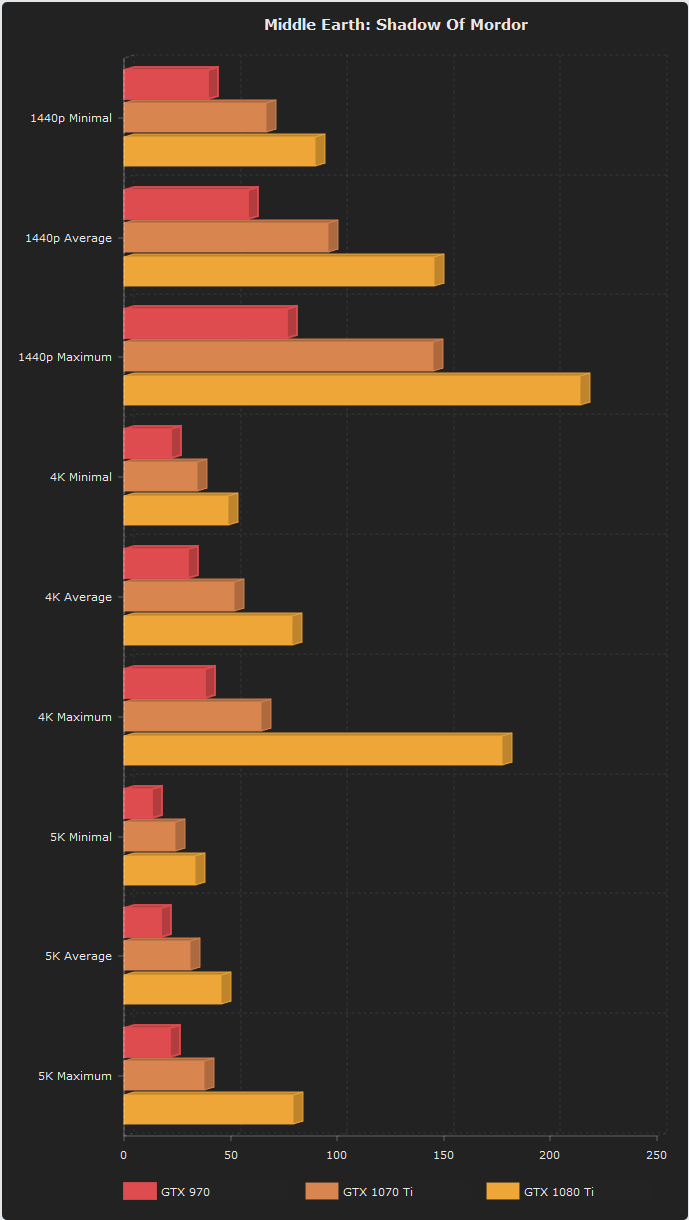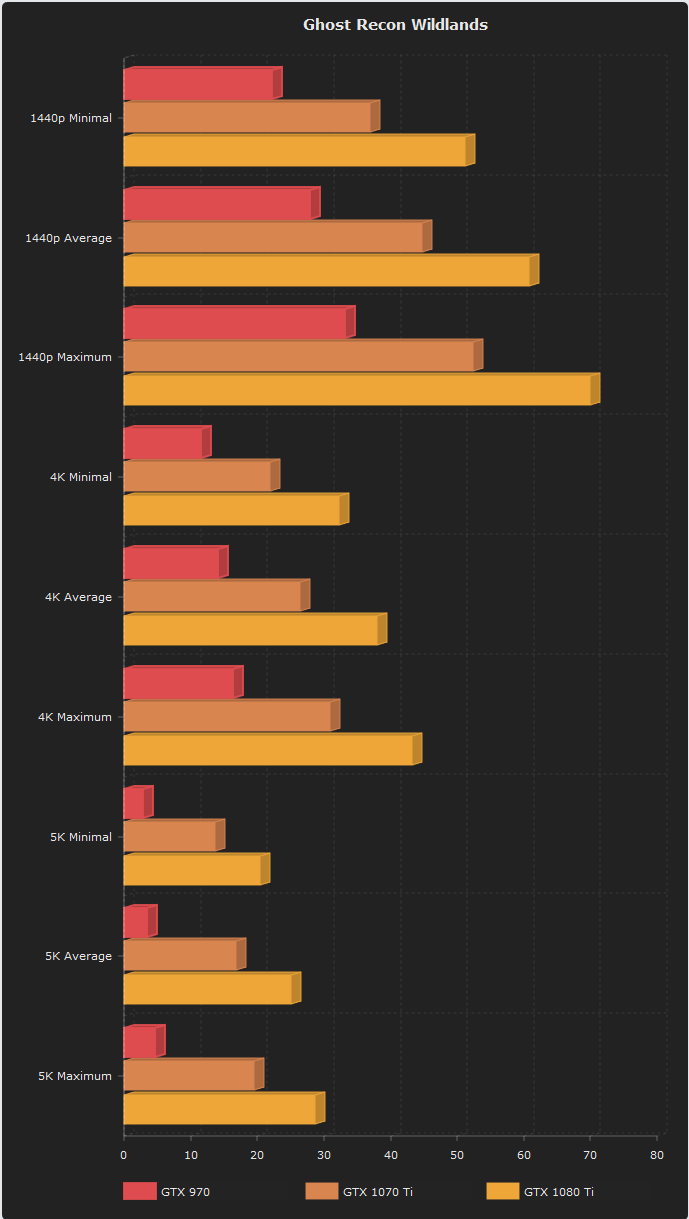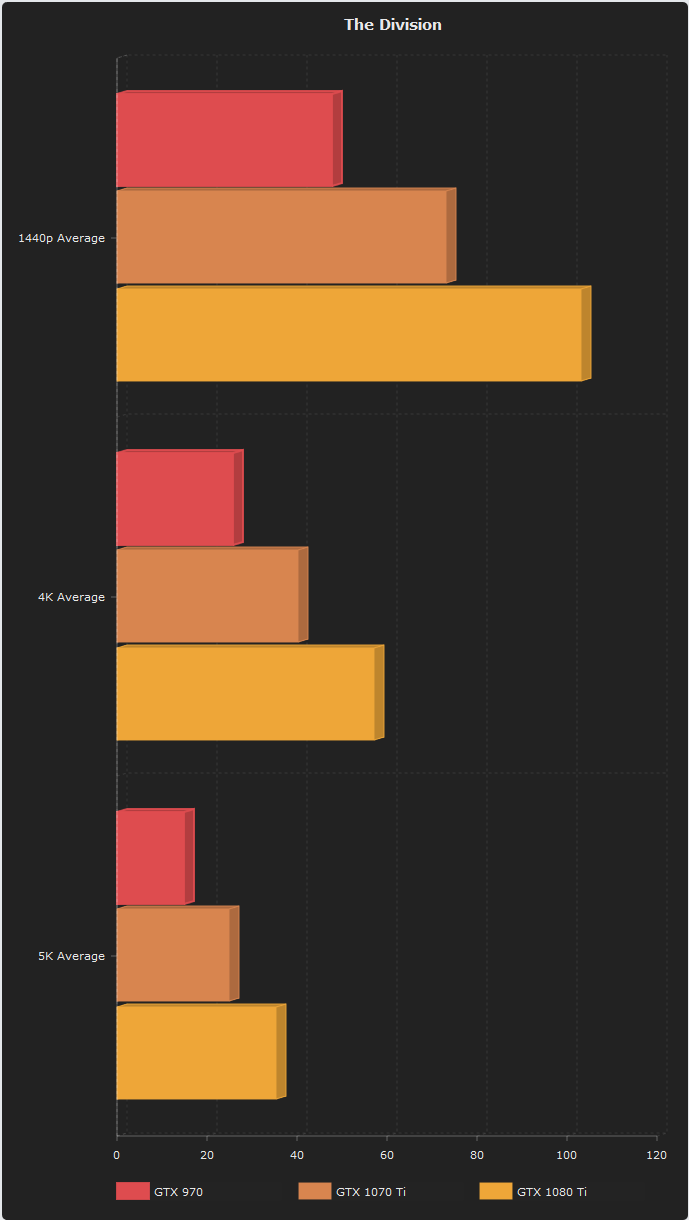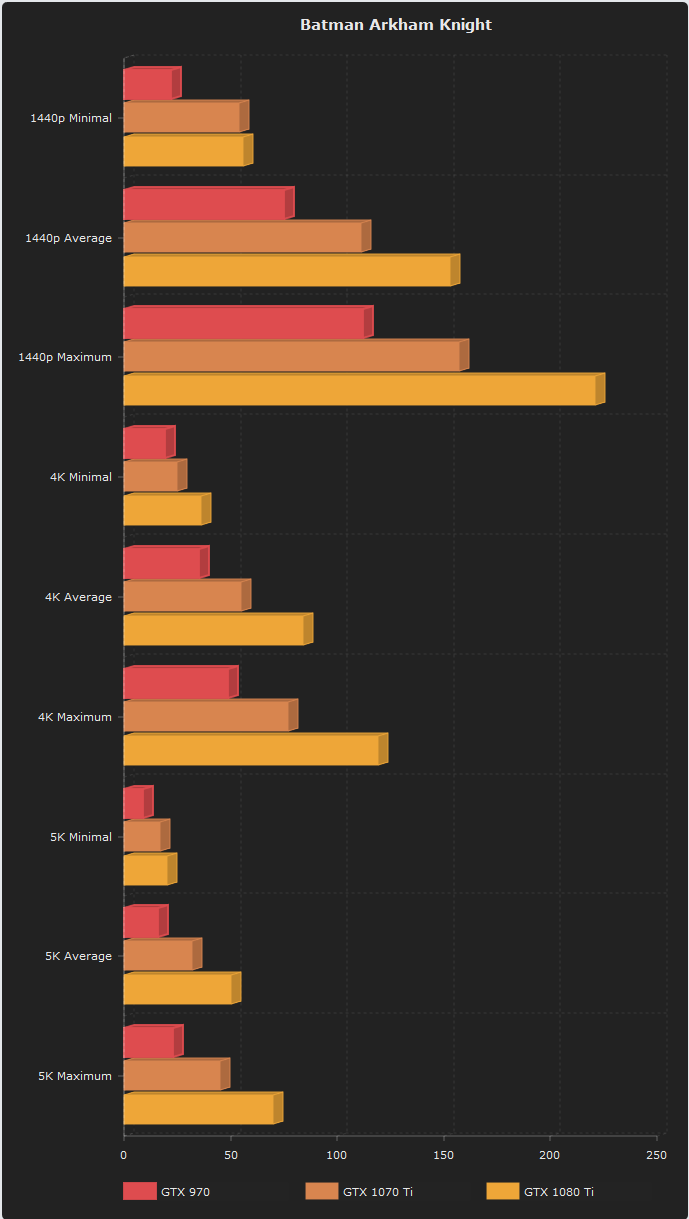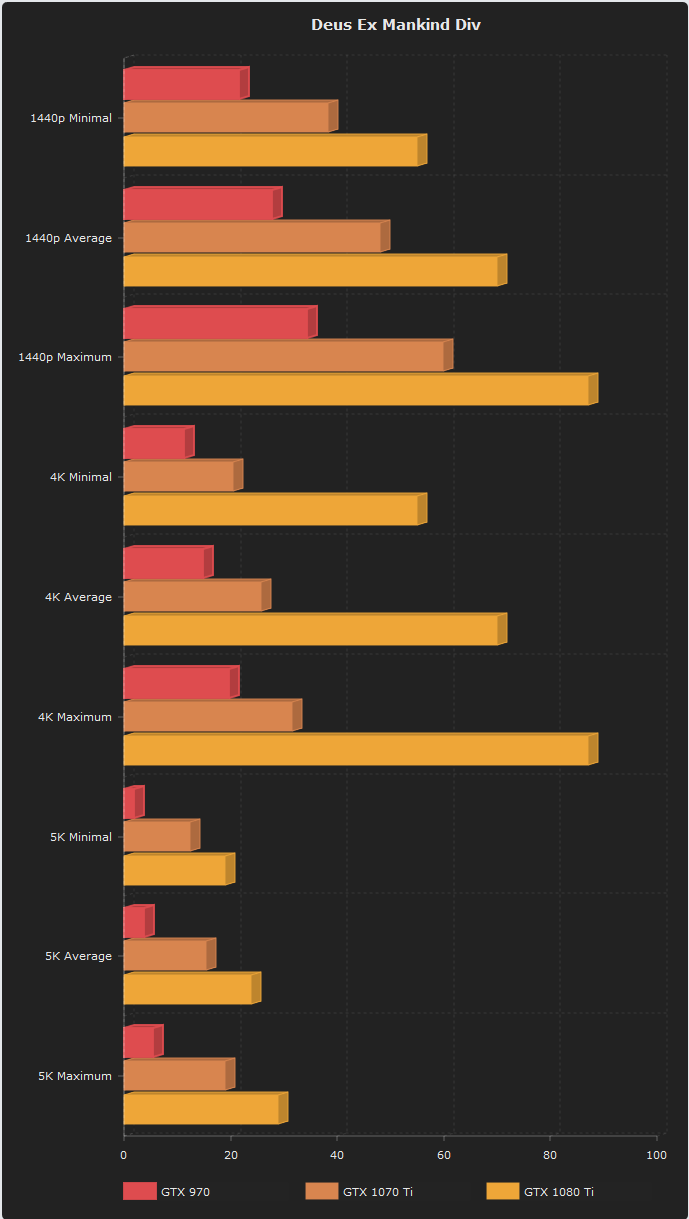Today I’m going to be discussing the 1070 Ti from Nvidia and made by EVGA for this specific card. The model is the FTW2. With ICX tech such as the upgraded fans and the brand new iCX sensors, the previous generation was called ACX 3.0. This card has the new thermal sensors (though limited to EVGA software). I will come back and discuss more about those after some feelings on this product.
I find it hard to write about this card. Because while EVGA brings their A game on design, so much is pulled from it’s bigger brother, the 1080 FTW2. On top of it, they have to follow Nvidia’s guidelines. A lot of the card is locked down and can’t be modified to bring out it’s full performance due to Nvidia is worried about it overlapping with the GTX 1080. I’ve had it in my office for awhile, on the test machine but have held back on writing this review due to the GPU shortages going on in the market that seem to be on the verge of breaking and finally ending.
The GTX 1070 Ti's specifications can be found here and here.
But let’s talk about our testing. I setup a test bench with a Core i7 5820K at 4.6Ghz overclocked on a ASUS Rampage V Edition 10. Using 64GB of DDR4 at 3200mhz CL14 and a NVME Samsung 500gb 960 Evo drive to make sure we were 100% removing in bottlenecks besides GPU. We benchmarked it against a GTX 970 and a 1080 Ti both left at factory settings other than power limiter which was set to maximum.
So much plastic wrap now days...
I will also be testing at 1440p, 4K (3840×2160) and 5K (5120 × 2880) to give us a idea on where it stands as we move into higher resolutions. The reason for this is because they provide the biggest bumps in performance. While 1080p will actually start to perform worse than 1440p in modern graphics because it will be heavily based on CPU than because of bottlenecking.
To give some insight on this, 1080p uses around 2 million pixels, 1440p uses 3.7 million pixels, 4K uses around 8.3 million pixels, 5K uses around 14.7 million pixels and to add something in there, Ultra Widescreen 3440×1440 is 5 million pixels. As you can see, as you scale up, even by a small amount such as 1440p vs UW-1440p (Ultra widescreen) there is a large jump in pixels which makes it harder on the video card to render.
I’m going to cover synthetic benchmarks first like Fire Strike, Fire Strike Ultra, and Time Spy Extreme. I classify them as “synthetic” because they are on rails, in a very controlled environment while we do multiple test runs to verify results. There is far less variables per run than most games.
As you could probably tell from the charts, the 1070 Ti is a great jump over the performance you get with the GTX 970. It is a middle point between the GTX 970 and a 1080 Ti. It’s exactly what you would expect when you start looking at combined scores in Firestrike which runs at 1080p, which is why I wanted to touch on resolutions earlier. As you scale up, say with FIrestrike Ultra, you start to see the 1070 Ti fall closer to the GTX 970 than the GTX 1080 Ti. But nearly 5,000 points in Firestrike Ultra is still very respectable.
But that covers the synthetic, I think what everyone wants to know is the actual performance in games. Now just like the synthetics, I ran these tests a few times than averaged out their scores. But unlike the synthetics, they will include minimum, average and maximum FPS. This will not apply to The Division’s benchmark due to it only providing averages and typical.
As we can see from the charts, The GTX 970 is showing its age. After we start using the 1070 Ti and above, Batman for example on minimal FPS starts to become CPU bound. The 1070 Ti is also able to nearly double the maximum frames per second in Deus Ex – Mankind Divided. The Division, was not as lucky getting around 1.5 times. Ghost Recon Wildlands proved itself to still be a fairly demanding game. Sleeping Dogs Definitive Edition shows that the jump between GTX 970 to the GTX 1070 Ti makes it playable at 4K. I also included Batman, Middle Earth – Shadow of Mordor, and Rise of the Tomb Raider.
But due to Nvidia’s design choices of the 1070 Ti, it puts it in a very weird position among board partners. Some the higher editions of the 1070 Ti cost more than the founders edition GTX 1080, or slightly higher. However, most variants do not benefit from improved power delivery like on the 1070 Ti FTW2 from EVGA. But this is no fault of EVGA. These leads into my next point.
While checking the FTW2 against other 1070 Ti based cards. I noticed an ASUS bios had a +13mv (coming out to 1.093v) on what the EVGA card had. I’m pretty sure 1.080v is Nvidia’s enforced standard though. I have reached out to EVGA for comment and will update the article accordingly. The reason I bring it up is the FTW cards typically allow the maximum voltage Nvidia allows. Why do I keep talking about Nvidia in this manner? Because Nvidia is down right strict with their policies per board partner via the “Greenlight” program. (Source 1) (Source 2)
Ultimately what are my final thoughts on the EVGA 1070 Ti FTW2? Well, there is no market for the chip itself but EVGA does a fantastic job on using what they know to try to make the best out of it. From their pulling their PCB layout from the 1080 FTW2, this allows the same power delivery and layout to be compatible with water blocks that supported the 1080 FTW2, to the wonderful end user support. So the chip is marked as a failure but the product itself from EVGA is going to be rewarded with Classified Computers Passed.
Final Score?
Passed status.
This product was given for free to us, There were not expectations between EVGA and us besides we review the product and show it off as part of a build at events. The outcome of this review was not predetermined.
